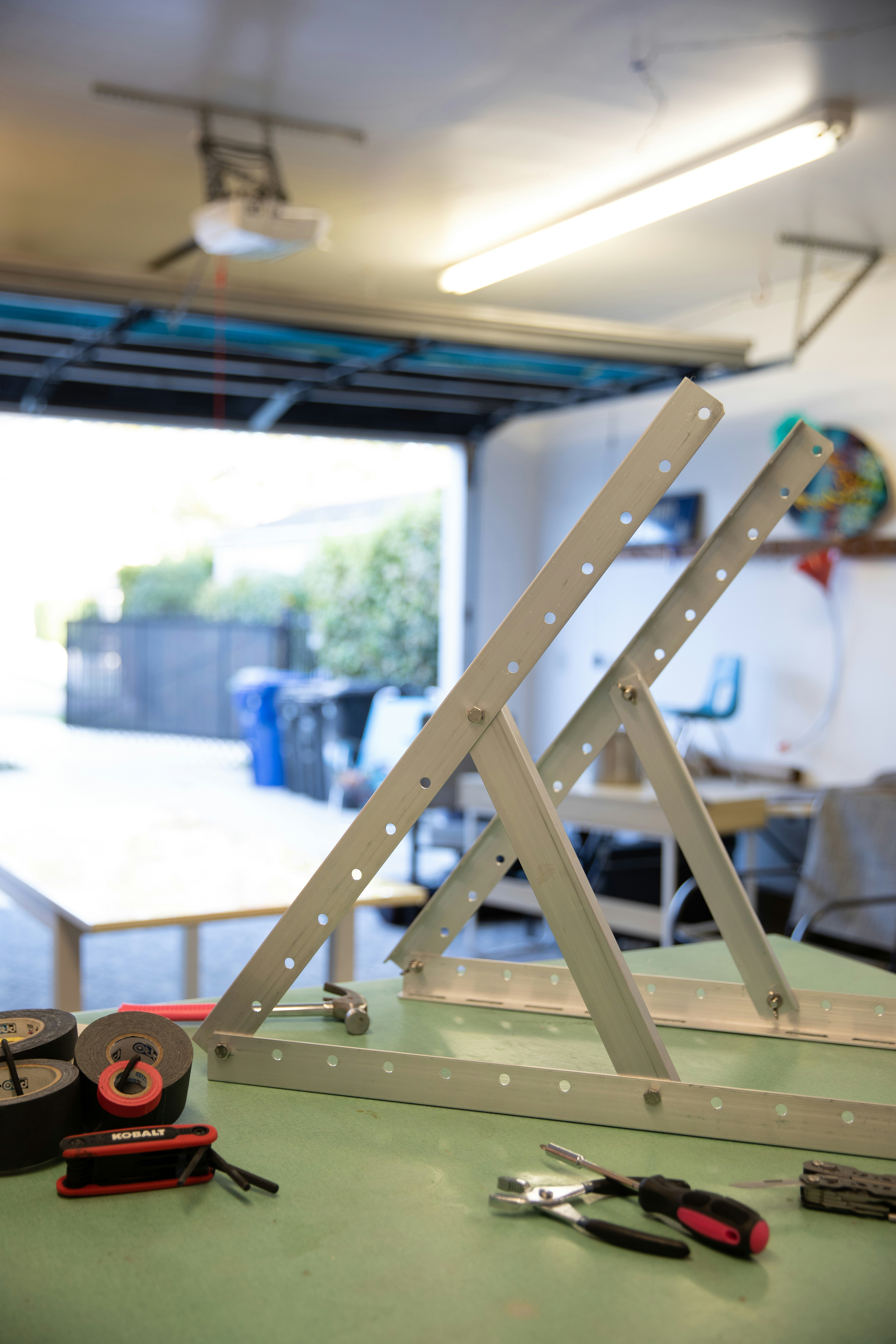The Origins and Purpose of Daylight Saving Time
Daylight Saving Time (DST) has a complex history rooted in energy conservation and societal needs. The concept was first proposed by Benjamin Franklin in 1784 while he was stationed in Paris. Franklin suggested that by adjusting clocks to take advantage of natural daylight, energy consumption could be reduced. However, it wasn’t until World War I that the idea gained significant traction, as governments sought to conserve fuel during wartime. In 1918, the United States officially adopted DST as a temporary measure to boost wartime production and reduce energy consumption.
The primary purpose of DST is to make better use of daylight during the longer days of summer. By shifting the clock forward in the spring and back in the fall, individuals can enjoy more daylight during evening hours, ostensibly allowing for a reduction in the use of artificial lighting and, consequently, energy use. This adjustment mirrors a broader trend to align social schedules with natural light, thus fostering increased productivity and recreational opportunities after work or school.
Over the years, DST has undergone several changes, with the Uniform Time Act of 1966 standardizing its start and end dates across the United States. However, the adoption and adherence to DST has varied widely among states. Indiana, for instance, has had a unique relationship with DST, historically opting out of the practice until 2006 when it was fully implemented state-wide. This decision reflected a shift in both practical concerns and public sentiment, as more residents began to see the advantages of utilizing longer days. As Indiana navigates the balance between tradition and modern-day needs, the relevancy of Daylight-Saving Time continues to evolve, highlighting its impact on both daily life and energy consumption in the state.
Common Myths Surrounding Daylight Saving Time
Daylight Saving Time (DST) has been the subject of various myths and misconceptions since its inception.
One prevalent myth is the belief that changing the clocks leads to significant energy savings. Advocates of DST argue that by shifting the hour of daylight from the morning to the evening, less artificial lighting is needed, thus conserving energy. However, research conducted by the U.S. Department of Energy indicates that the energy savings from DST are minimal, often amounting to less than one percent. Factors such as increased use of air conditioning and heating can counteract any reductions in lighting energy consumption.
Another common misconception is that Daylight Saving Time contributes to a decrease in accidents and crime rates. While it is argued that more daylight in the evening makes driving safer, studies have shown mixed results. Some research suggests that the transition into and out of DST may actually increase the risk of accidents due to sleep disruption and a shift in routine. Additionally, crime rates do not consistently demonstrate a reduction, as shifts in criminal behavior can occur regardless of the time change.
In Indiana, local perspectives on these myths often align with broader concerns about the practicality and relevance of DST. Many residents question the necessity of altering their schedules twice a year, especially given the minimal benefits. Furthermore, the changing of time has been shown to disrupt not only individual daily routines but also larger economic activities. Local businesses have noted that adjusting to DST may complicate interactions with neighboring states that have varying policies regarding time changes.
Overall, while Daylight Saving Time was originally intended to offer benefits such as energy savings and reduced accidents, many of these claims remain unsubstantiated, revealing a need for informed discussions surrounding this time change practice.
The Importance of Daylight Saving Time for Indiana in 2024
Daylight Saving Time (DST) plays a significant role in Indiana, particularly in 2024, as it intersects various aspects of life including economic activities, social gatherings, and health considerations. The shift in time can have substantial implications for sectors such as agriculture and tourism, which are vital to the state’s economy. With longer daylight hours in the evening, farmers can maximize productivity, enabling extended working hours to tend to their crops, which can ultimately enhance their yield and profits.
Tourism also stands to benefit from the seasonal shift. By moving the clocks forward, visitors are more likely to engage in outdoor activities, from dining al fresco to exploring scenic sites during the longer daylight. This increase in leisure activities can lead to higher revenues for local businesses, hotels, and restaurants. Additionally, many community events, festivals, and recreational opportunities are usually organized during this period, encouraging social interactions that foster community spirit.
In 2024, the upcoming presidential elections may further emphasize the importance of DST as communities engage in heightened political participation. Increased evening daylight can facilitate more voter turnout during early voting hours, community forums, and rallies, thereby enhancing civic engagement across the state. Moreover, with various sporting events scheduled throughout the year, the extended hours of daylight can maximize audience participation and enjoyment, creating a lively atmosphere and boosting ticket sales.
Furthermore, the public health aspect associated with Daylight Saving Time is an essential consideration. More daylight in the evenings can promote outdoor physical activities, encouraging healthier lifestyle choices among residents. This gradual shift not only enhances social interactions but also contributes to improved mental well-being, thus reflecting the multifaceted significance of Daylight Saving Time for Indiana in 2024.
Future of Daylight Saving Time: What Lies Ahead?
The future of Daylight Saving Time (DST) remains a contentious topic, particularly in light of recent developments across the United States. As states evaluate the relevance and practicality of maintaining this time-altering practice, public debate intensifies over the necessity of DST. Some citizens advocate for its abolishment, arguing that the biannual clock switch is outdated and contributes to various issues including sleep disruptions and productivity decreases. This grassroots sentiment has prompted several legislatures to consider bills that either abolish or permanently adopt standard or daylight saving time.
In 2023, several states began discussions about implementing permanent DST, moving away from the traditional biannual clock reset. The state of Florida, for instance, has been at the forefront, pushing for legislation that would allow them to observe DST year-round. Other states like California and Washington have shown interest in similar initiatives. As such legislative movements gain traction, the question becomes whether the federal government will standardize a policy to unify the various approaches states could adopt.
Expert predictions suggest that as the debate around Daylight Saving Time continues, states like Indiana may also reconsider their stance on the issue. Indiana, which has a divided opinion on whether to observe DST or remain on standard time, could face significant changes should the broader movement gain popularity. This evolution could affect many aspects of daily life, including business operations, transportation schedules, and even community events, which are often tied closely to the time of year.
In order to navigate these changes effectively, Indiana residents should remain informed and actively participate in community discussions regarding the potential outcomes of DST legislation. Engaging with local representatives and bringing awareness to the implications of time policy changes will be crucial in aligning state practices with those of neighboring regions, ensuring that their preferences and needs are represented in this ongoing debate.
If you’re interested in purchasing the item you seek, please click the link for additional details: #americanachoice.
https://amzn.to/3SBN3Oy
AFFILIATE DISCLOSURE: I am an affiliate for this company, I am not a paid employee.
I may receive a commission if you click a link on this page and choose to purchase something.
You can rest assured I will only share things I believe in and will be valuable to you.



